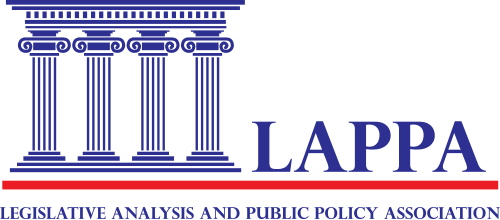
Law Enforcement Assisted Diversion (LEAD) is a community-based diversion approach for responding to low-level criminal offenses, such as illicit drug possession or prostitution. A collaborative group of police, prosecutors, civil rights advocates, public defenders, political leaders, mental health and drug treatment providers, housing providers, business leaders, and neighborhood representatives in Seattle, Washington created LEAD in 2011. LEAD’s purpose is to prevent individuals from entering the criminal justice system unnecessarily and to reduce gross racial disparities in police enforcement.
In a LEAD program, police officers exercise discretion to divert individuals who are driven by unmet behavioral health needs and suspected of one or more violations to community-based, harm reduction intervention. Instead of entering the criminal justice system, the diverted individuals enter a trauma-informed intensive case management program that provides a wide range of support services, including housing and substance use disorder treatment. LEAD strives to advance the following six goals, independent of the criminal justice system:
- Reorient local government’s response to safety, substance use disorder, and health-related problems;
- Improve public safety and public health using research-based, health-oriented, and harm reduction interventions;
- Reduce the number of individuals entering the criminal justice system for low-level offenses related to substance misuse, mental health, prostitution, and extreme poverty;
- Undo the racial disparities that exist in who enters the criminal justice system (e., the “front end” of the criminal justice system);
- Sustain funding for alternative interventions by capturing and reinvesting justice systems savings; and
- Strengthen the relationship between law enforcement and the community.
A 2015 study conducted by the University of Washington found that LEAD participants in Seattle (203 individuals) were 58 percent less likely to be arrested after entry into the program as compared to a control group (115 individuals) who went through the standard criminal justice process. By reducing recidivism rates, LEAD functions as a public safety program that can decrease the number of individuals arrested, incarcerated, or otherwise caught up in the criminal justice system cycle. Additionally, data collected by case managers indicates that the LEAD program helps to improve the health and well-being of individuals struggling with poverty, substance use disorders, and mental health problems. These promising findings led the National Institute of Justice to designate LEAD as a promising practice in 2016.
Since the creation of the Seattle LEAD program, many jurisdictions across the county have replicated it. In 2014, Santa Fe, NM became the second jurisdiction to launch a LEAD program, and in 2015 and 2016, Huntington, WV, Albany, NY, and Fayetteville, NC followed. In July 2015, the White House hosted an event about LEAD with interested delegations from nearly 30 communities. Currently, 42 communities in 21 states have established LEAD programs, while nearly 80 other communities are developing or exploring the creation of a LEAD program. A list of LEAD programs is available here. The LEAD National Support Bureau (Bureau) provides strategic guidance and technical support to jurisdictions looking to develop a lead program. The Bureau consists of members of a team of public health and justice system professionals who designed the original LEAD program in Seattle and others who have launched LEAD programs in other jurisdictions.
For more information about LEAD, visit: https://www.leadbureau.org/




